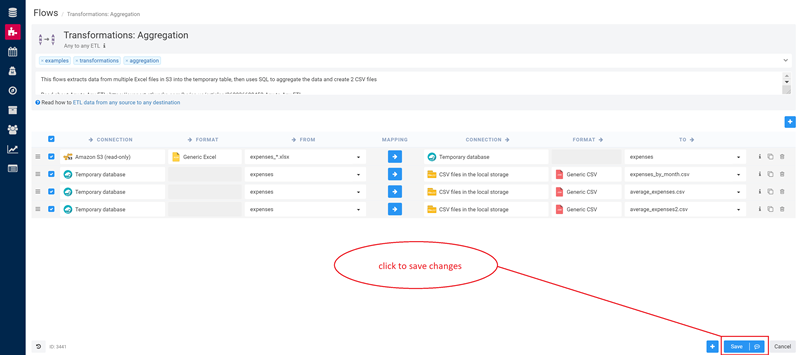
Data integration is becoming a hot topic.
Business intelligence applications can make use of a comprehensive set of information provided through data integration to derive important business insights from a company’s historic and current data. By providing executives and managers with an in-depth understanding of the company’s current operations, as well as the opportunities and risks it faces in the marketplace, data integration can have a direct bottom-line impact.
In the past, the job of integrating systems was a complex, often costly, frequently cumbersome process, involving on-premise integration tools. These days a new breed of applications, SaaS (Software-as-a-service), is taking over as the integration platform of choice for new integration projects. There is a lot to consider when the developers and IT management approach a data integration project.
The features like ease of use, scalability and flexibility, real-time integration, security, and compliance are essential. This blog will talk about the importance of one feature that often gets overlooked – version control.
Why the version control is important?
Because the data integration tool is a software that is used in performing a data integration process on the data source moving the data to the destination. And, as you are planning to work on a big software project that consists of technical concepts, requires a collaboration of different team members and needs frequent changes, you need to use a version control system (VCS).
Version control is essential to track, organize and control changes over source code and avoid confusion, especially for large, fast-changing projects, like data integration.
Etlworks is a modern, cloud-first, any-to-any data integration platform that supports version control for connections, formats, listeners, flows & macros.
Etlworks Integrator automatically tracks changes for all artifacts: connections, formats, listeners, flows, macros, and schedules. There is nothing to configure except the retention policy.
Version control is supported for the following artifacts: flows, connections, formats, listeners, schedules, macros.
Using Etlwork’s built-in version control you can:
- View the history of changes – who-changed-what-and-when.
- Compare any two versions.
- Revert to any previous version.
- Add comments to the commit when saving the artifacts.
Etlworks version control
To access the version control UI click the [@] button at the bottom left corner of each screen.

Then, click the [@] button at the bottom left corner of each screen to view the history of changes.

You can compare any two versions by selecting versions and click [View Diff between Selected]. 
The changes are displayed in a two-panel or unified view. From this view, you can navigate back and forward in the history of changes and also revert to any version.
To view the specific version and compare it with a previous one click the [eye] button.
To revert to any previous version:
Step 1. Click the [Revert] button.
Step 2. Confirm that you want to revert to the previous version by clicking the Revert button.
Step 3. Click [Save] or [Save with message] to complete the revert.
When saving any change, to any artifact you have an option to add a message (comments) to the commit. To add a message to the commit click the [Save with message] button.
The commit message is displayed in the Change History popup.
In Conclusion
After reading this blog, hopefully, you have a better understanding of version control. Version control is very helpful for organizing and backing up artifacts you are working with. It is also helpful for multiple people working on one artifact. Version Control is a great way to keep your artifacts organized and backed up in case of the worse.
